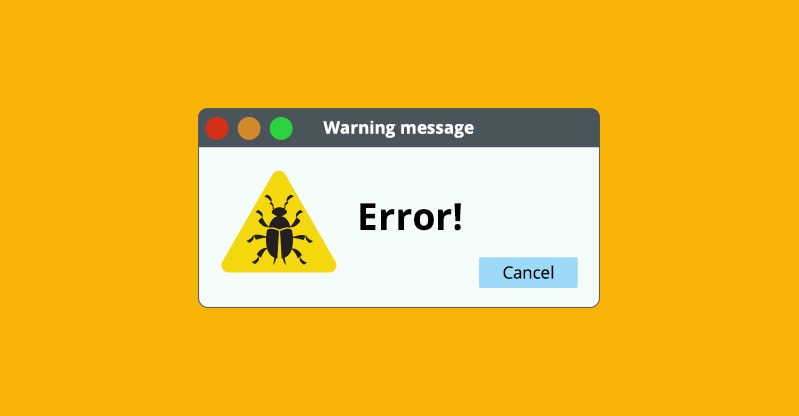Most of us believe that mistakes are bad and no one likes being wrong. But mistakes can be a good thing, because we learn from them.
Nowhere is that more evident than at a Tekkie Uni bug party, a party where kids in coding class work together to make each other’s apps better — by finding all the bugs.

Fixing bugs is an important part of the software development cycle and a necessary one for kids who’ve just spent weeks learning about coding and building an app. Before they can show their apps to their friends and family, the application needs to be debugged.
It’s a process that’s very much like proofreading an essay for school. It’s not a lot of fun, but it needs to be done for the code to make sense. That’s why Tekkie Uni makes it into a party and has kids debug their apps together.
What’s a bug?
Imagine a child wants a specific piece of candy. The kid tells her dad about it, describing it in detail to him — the packaging, the name, what it costs — and her dad buys the wrong candy when he’s at the store. She must have missed a vital piece of information for her father; wherein the store the candy is located, for example.
This is how Tekkie Uni teachers explain bugs to kids — bugs are a mistake in the instructions somewhere so that your program doesn’t behave quite the way you want it to. In many cases, code may run well in its original development environment, but when an app is uploaded to a phone or a tablet, it doesn’t work.

Bugs can be tricky because it is often difficult for students to find mistakes in their own work. Just as it’s difficult to catch spelling errors in an essay you’ve written, it’s also hard to see your own mistakes in lines of code.
That’s why, at the end of every coding course, the teacher throws a bug party.
What’s a bug party?
At Tekkie Uni, the bug party is the final session in an app development course. After students have developed their app and downloaded it on their phones, they come to class prepared to debug.

At the start of a bug party, the student’s job is simple — open their apps and start playing with them. But, guided by the teacher and working with their classmates, they play with the apps in a very directed way, checking specific elements:
- Design: Are any images distorted? Are the buttons and text where they’re supposed to be? Does everything look the way it’s supposed to look?
- Code correctness: Are there bugs in the code that change the way the apps work?
- User experience: Playing with the app as a user, not as the programmer, does the student notice any problems?
- Interest: Is the app interesting?
As the kids move through the app, answering these and other questions, the class will make a list of bugs they found and brainstorm how to fix those bugs as a group. This helps everyone learn from the students’ mistakes, because even students who don’t find any bugs can help brainstorm solutions for their friends’ problems.
The teacher also emphasizes that even though a student’s app may be bug-free, they’ll probably have bugs in future projects and this demonstrates how they can address those bugs.

Finding those hidden bugs
There’s nothing wrong with bugs. Even code written by professional programmers has bugs in it — it’s why QA (Quality Assurance) is such a vital part of the software development cycle. In fact, according to the book Code Complete, by Steve McConnell, the development industry averages about 15-50 bugs per 1,000 lines of code.
Our bug party helps students find their mistakes before they show their creations to their friends and family. It builds their confidence by helping them identify and fix problems for their friends.
Most importantly, it teaches kids the value of their mistakes: bugs are just something that happens in development and once you fix a bug, you’ll be better able to find a similar one in your next project.










